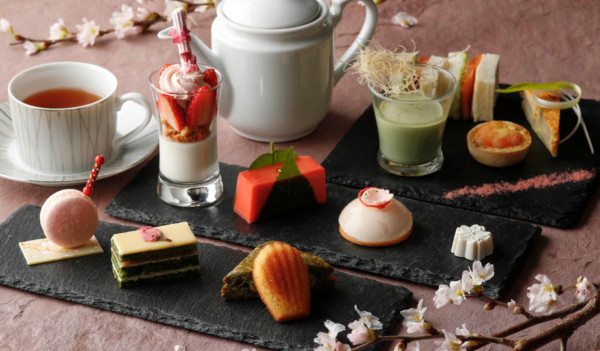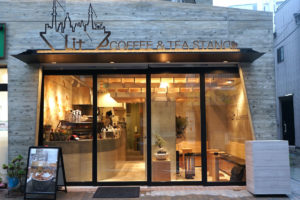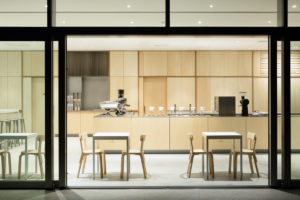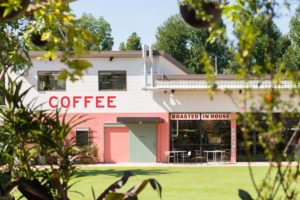Books in foreign languages in Tokyo
We live in a digital world, when it doesn’t matter where you are, you can find a book you need and get it on your device anytime. However, there are still these weird 🙂 people, who like the smell of paper and like to hold a real book in their hands. If you are one of them, this is a post for you. After reading it, you will know exactly where to find books in foreign languages in Tokyo.
Kinokuniya Shinjuku South:
There are two branches of Kinokuniya in Shinjuku. One close to Isetan, and another to Takashimaya. You are looking for the latter one. It has an impressive collection of books in English. All the bestsellers, fiction, non-fiction, and Japanese authors translated into English. Literally, anything you might want. They also have sales, so it is worth checking their Facebook page for more details. Besides the books in English, they also carry books in German, French, and Spanish.
Yaesu Book center:
Another shop offering a big variety of books in English is Yeasu Book Center which is located close to Tokyo Station. You can easily get here from any part of Tokyo and almost certainly you will find what you are looking for. The non-fiction section is especially large here.
Maruzen Marunouchi Main Store:
Another store nearby the Tokyo Station is Maruzen Marunouchi. Also here you will find the latest publications from the English-speaking world, as well as some more rare ones. Plus, here you can find many books for kids and many magazines.
Jimbocho:
Jimbocho is not a bookstore, it is a whole district in Tokyo known as “Book Town”. There are literally hundreds of bookshops in this area. Selling anything from the newest publications to the books from the Edo period. New books and second-hand shops, Japanese books and books in many many foreign languages. The shops you should check, are Ogawa Shoten, Nauka Japan (Russian), Tamura Bookstore (French, German).
Craigslist:
Aside from the physical shops, you can find books on Craigslist, too. The website is a huge advertising platform, where you can buy and sell anything, starting from small home appliances to houses and cars. Obviously, books are one of these categories, too. As most of the books are second-hand, the prices are cheaper than at the shop, and this is a huge bonus.
Public Libraries:
Lastly, please do not neglect the city and the ward libraries. Even the smallest ones tend to have books in foreign languages. If you do not see it, just ask, and you will be surprised what gems you can find there. And the cherry on the top is that the public and municipal libraries are absolutely free.
We hope this article will make your expat life a little bit easier. If you have any other recommendations, please leave them in the comment section.
